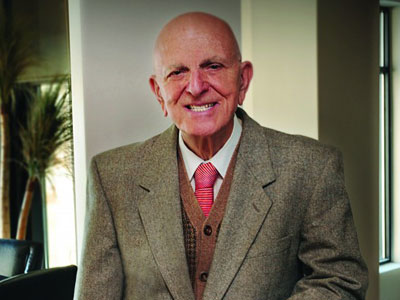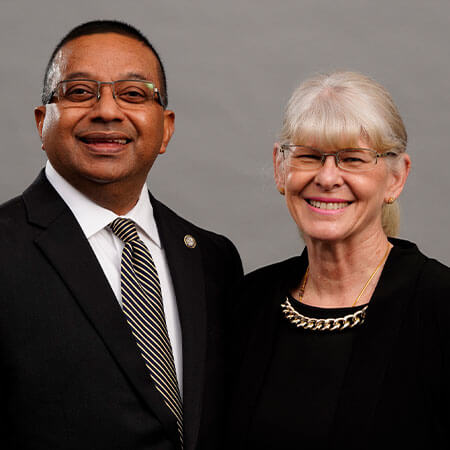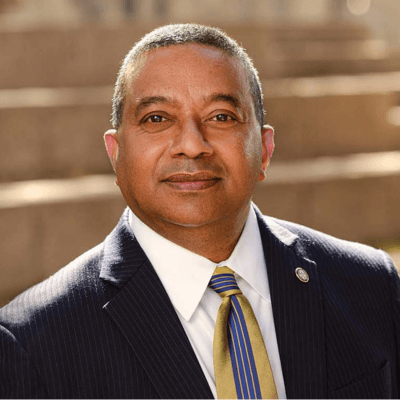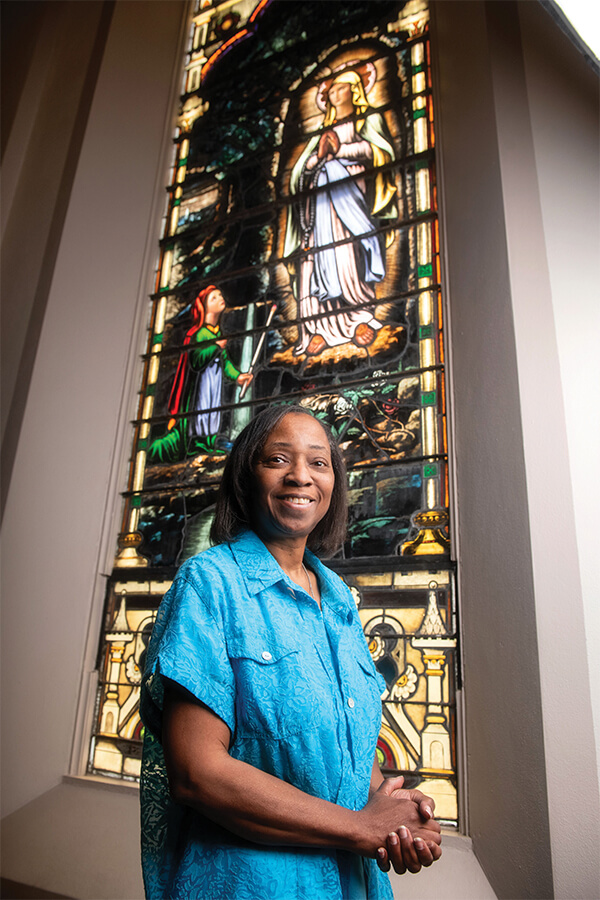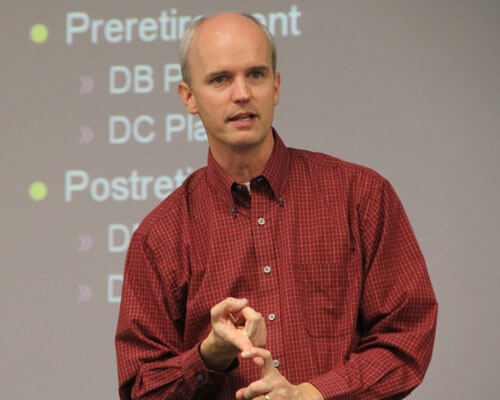 Well, that’s what happened in 2008. “The entire financial crisis of recent years was the result of a catastrophic failure to exercise sound risk management at all levels, from individual home buyers, to mortgage lenders, to investment banks, to rating agencies, to investors, to the Federal Reserve, to Fannie Mae and Freddie Mac, to federal regulators,” said Sommer, who is a Professor and the Charles E. Cheever Chair of Risk Management. “Everyone was behaving as if past outcomes—such as continual increases in home prices—were perfect predictors of future outcomes.”
Well, that’s what happened in 2008. “The entire financial crisis of recent years was the result of a catastrophic failure to exercise sound risk management at all levels, from individual home buyers, to mortgage lenders, to investment banks, to rating agencies, to investors, to the Federal Reserve, to Fannie Mae and Freddie Mac, to federal regulators,” said Sommer, who is a Professor and the Charles E. Cheever Chair of Risk Management. “Everyone was behaving as if past outcomes—such as continual increases in home prices—were perfect predictors of future outcomes.”
But that kind of thinking does not take into account those rare events that can have catastrophic consequences if they are ignored—which is what happened when the bubble popped. “In the run up to the financial crisis, many in risk management failed to do their job, while others attempted to stop the madness but were ignored within their organizations,” Sommer said.
The financial meltdown of 2008 was a result of faulty risk management, but good risk management is the key to success, he noted. “In many cases, it is difficult to see the successes of risk management, because success often manifests itself in what doesn’t happen—in the environmental disaster that is avoided, in the worker injuries that are prevented, in the firm that survives a jump in oil prices that would have put it out of business without proper risk management, and so on,” Sommer said.
One area where the benefits of risk management can vividly be seen is insurance, which is a key risk management tool for both individuals and organizations. “After a major natural disaster, billions of dollars flow to devastated communities from insurance payments, helping them to rebuild and recover.
When a small business suffers a major fire, insurance if usually the difference between whether or not that company will ever reopen for business. Life insurance saves countless families from economic ruin when a loved one dies. Many people have negative perceptions of the insurance industry, but I would hate to live in a world without one,” he said.
As a professor, Sommer wants his students to leave his classes with a better understanding of the risks that are all around—but that doesn’t mean they should be afraid.
“I want them to understand that risk is prevalent in our economy and in our lives, but that we do not need to be paralyzed by risk. When we understand risk and how to properly manage it, we can minimize the downside of risk while taking advantage of the opportunities that are also inherent in risk. When my students graduate and get jobs, I want them to think of themselves as risk managers, because that is surely what they are. Regardless of their job titles or functional areas of responsibility, their activities will impact the risk profile of their organizations. In all of their work, I want them to identify the associated risks, be able to analyze those risks, and to make optimal decisions about handling those risks.”
For Sommer, the decision to attend St. Mary’s as an undergraduate—and to return as a professor—was a highly personal one. A graduate of a Marianist high school, he was attracted to St. Mary’s for its size and its Marianist focus. Many of his favorite high school teachers were Marianists from St. Mary’s, and “that was enough to make me consider going there,” he said.
He also appreciated the University’s size. “It was large enough to offer ample opportunities, but small enough to reassure this extremely shy Midwestern boy that I could thrive there and not get lost in the crowd. I decided to attend a Sleeping Bag Weekend, and before the weekend was over, I knew I had found my new home.” After completing his doctorate, Sommer taught for two years at Virginia Commonwealth University and 12 years at the University of Georgia.
“In many ways, UGA was my dream job, and I would have been very content to spend the rest of my career there. However, in 2007 the opportunity arose for me to finally return to my beloved St. Mary’s. I just couldn’t pass it up, and it has been wonderful to be back. Just like when I was a student here, I feel like I am home.”



